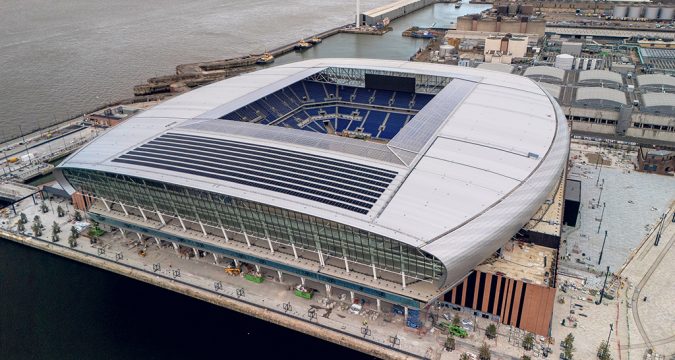 With an Ashes match to come at the new Everton Stadium, we look back at the history of rugby league in Liverpool.
WE SPEAK with an accent exceedingly rare, meet under a statue exceedingly bare, and if you want a cathedral, we've got one to spare...
So sang The Spinners in 'My Liverpool Home', a folk song written in the early 1960s in homage to
With an Ashes match to come at the new Everton Stadium, we look back at the history of rugby league in Liverpool.
WE SPEAK with an accent exceedingly rare, meet under a statue exceedingly bare, and if you want a cathedral, we've got one to spare...
So sang The Spinners in 'My Liverpool Home', a folk song written in the early 1960s in homage to Locations of League: Liverpool
 With an Ashes match to come at the new Everton Stadium, we look back at the history of rugby league in Liverpool.
WE SPEAK with an accent exceedingly rare, meet under a statue exceedingly bare, and if you want a cathedral, we've got one to spare...
So sang The Spinners in 'My Liverpool Home', a folk song written in the early 1960s in homage to
With an Ashes match to come at the new Everton Stadium, we look back at the history of rugby league in Liverpool.
WE SPEAK with an accent exceedingly rare, meet under a statue exceedingly bare, and if you want a cathedral, we've got one to spare...
So sang The Spinners in 'My Liverpool Home', a folk song written in the early 1960s in homage to 